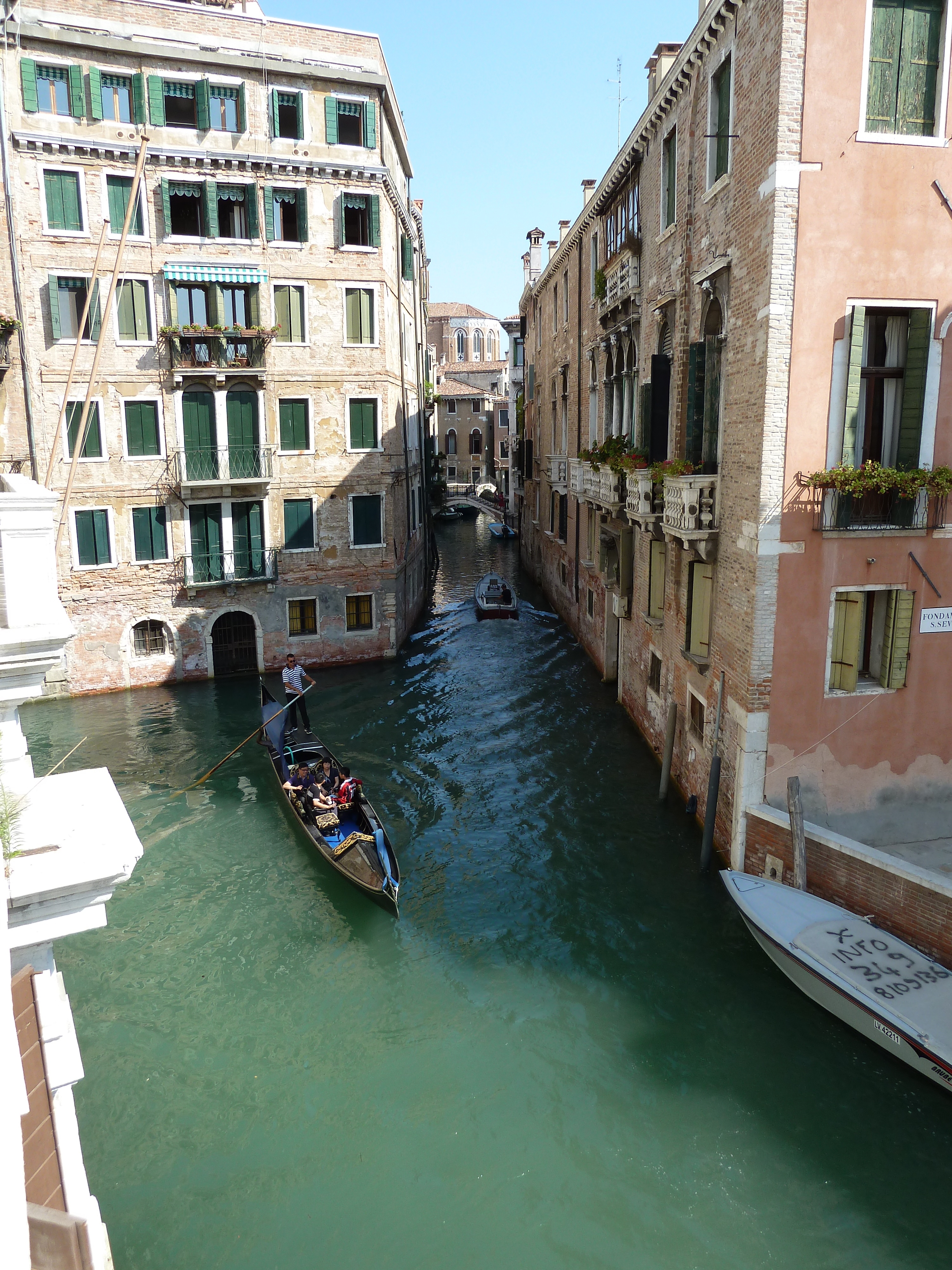Palazzo Donà-Ottobon on:
[Wikipedia]
[Google]
[Amazon]
 The Palazzo Donà-Ottobon is a palace located at Calle della Madonna on the Fondamenta di San Severo, corner with Calle Larga
The Palazzo Donà-Ottobon is a palace located at Calle della Madonna on the Fondamenta di San Severo, corner with Calle Larga
Alcuni palazzi: ed antichi edificii di Venezia
by
San Lorenzo
San Lorenzo is the Italian and Spanish name for Lawrence of Rome, Saint Lawrence, the 3rd-century Christian martyr, and may refer to:
Places Argentina
* San Lorenzo, Santa Fe
* San Lorenzo Department, Chaco
* Monte San Lorenzo, a mountain on t ...
, in the Sestiere of Castello
Castello is the largest of the six sestieri of Venice, Italy.
History
There had been, since at least the 8th-century, small settlements of the islands of San Pietro di Castello (for which the sestiere is named). This island was also called Is ...
in Venice, Italy
Venice ( ; it, Venezia ; vec, Venesia or ) is a city in northeastern Italy and the capital of the Veneto region. It is built on a group of 118 small islands that are separated by canals and linked by over 400 bridges. The islan ...
. The remains of this Venetian Gothic
Venetian Gothic is the particular form of Italian Gothic architecture typical of Venice, originating in local building requirements, with some influence from Byzantine architecture, and some from Islamic architecture, reflecting Venice's trading ...
palace are a small corner facade, alongside a canal, with two and a half walled-up gothic arcades in the piano nobile
The ''piano nobile'' (Italian for "noble floor" or "noble level", also sometimes referred to by the corresponding French term, ''bel étage'') is the principal floor of a palazzo. This floor contains the main reception and bedrooms of the hou ...
. The portal has an equally awkward marble relief of the Virgin with St Francis, St Claire de Montefalco, and a donor of reduced size. Earlier authors do not mention this portal.
History
By 1514, the palace was documented to belong to a Marco Donà, and two carved stones at the entrance sported the family shield. There is another Palazzo Donà della Madoneta on the Grand Canal shore of theSestiere of San Polo
San Polo ( vec, San Poło) is the smallest and most central of the six sestieri of Venice, northern Italy, covering 86 acres (35 hectares) along the Grand Canal. It is one of the oldest parts of the city, having been settled before ...
. The palace at San Severo remained in this family till 1582 when it appears to have been sold to two brothers Troilo and Sertorio Altan, who were cloth merchants in Venice and the mainland. The Altàn had built tombs in the church of Sant'Anna and had lent to Donà a sum of money, to obtain the palace at San Severo.
However, the Altàn family fell was to soon extinguish when the brothers were jailed for fraud, and in 1592, Girolamo, son of Troilo was banned while in exile for the murder of Michele Stropelli, who had been an accomplice in the family fraud.
However, by 1597, it was sold again to the brothers Pietro, Marco, and Antonio Ottoboni
The Ottoboni were an aristocratic Venetian family, who gained prominence in Rome after the 17th century, mainly due to the papacy of Alexander VIII and his cardinal nephew, Pietro Ottoboni, known for his patronage of musicians and painters. Cardin ...
. Zuanne Francesco Ottoboni had been Grand Chancellor (1559-1575). Marco in 1639 was elected Grand Chancellor, and died in 1646. One of his sons, Pietro, born in 1610 to Vittoria Tornielli, became cardinal in 1651, and Pope Alexander VIII
Pope Alexander VIII ( it, Alessandro VIII; 22 April 1610 – 1 February 1691), born Pietro Vito Ottoboni, was head of the Catholic Church and ruler of the Papal States from 6 October 1689 to his death in February 1691. He is to date the las ...
in 1689. In a room of this palace, later converted to oratory, there is an epigraph in black stone recalling the birth here of the future pope.
A great-nephew of the pope, returned to Venice in 1726 as a cardinal, Pietro Ottoboni
Pope Alexander VIII ( it, Alessandro VIII; 22 April 1610 – 1 February 1691), born Pietro Vito Ottoboni, was head of the Catholic Church and ruler of the Papal States from 6 October 1689 to his death in February 1691. He is to date the las ...
, lived in the palace. This Ottoboni was famous as a patron of musicians and composers. From the Ottoboni, through a maternal line, it passed to the Boncompagni, and Marco Boncompagni Ottoboni, Duke of Fiano, and sold it in 1802 to the cavaliere Alberto Manuch. It passed through a few hands and was willed to the church of San Zaccaria
The Church of San Zaccaria is a 15th-century former monastic church in central Venice, Italy. It is a large edifice, located in the Campo San Zaccaria, just off the waterfront to the southeast of Piazza San Marco and St Mark's Basilica. It is de ...
in 1840.by
Giuseppe Tassini
Giuseppe Tassini (12 November 1827 - 22 December 1899) was an Italian historian and one of the most notable scholars of the toponymy of his birthplace of Venice. His most notable work was ''Curiosità Veneziane'', a minute toponymical study first p ...
, Filippi Editori, Tipografia M. Fontana, Venice (1879): page 136-139.
References
{{DEFAULTSORT:Dona-Ottobon, Venice Donà-Ottobon Gothic architecture in Venice